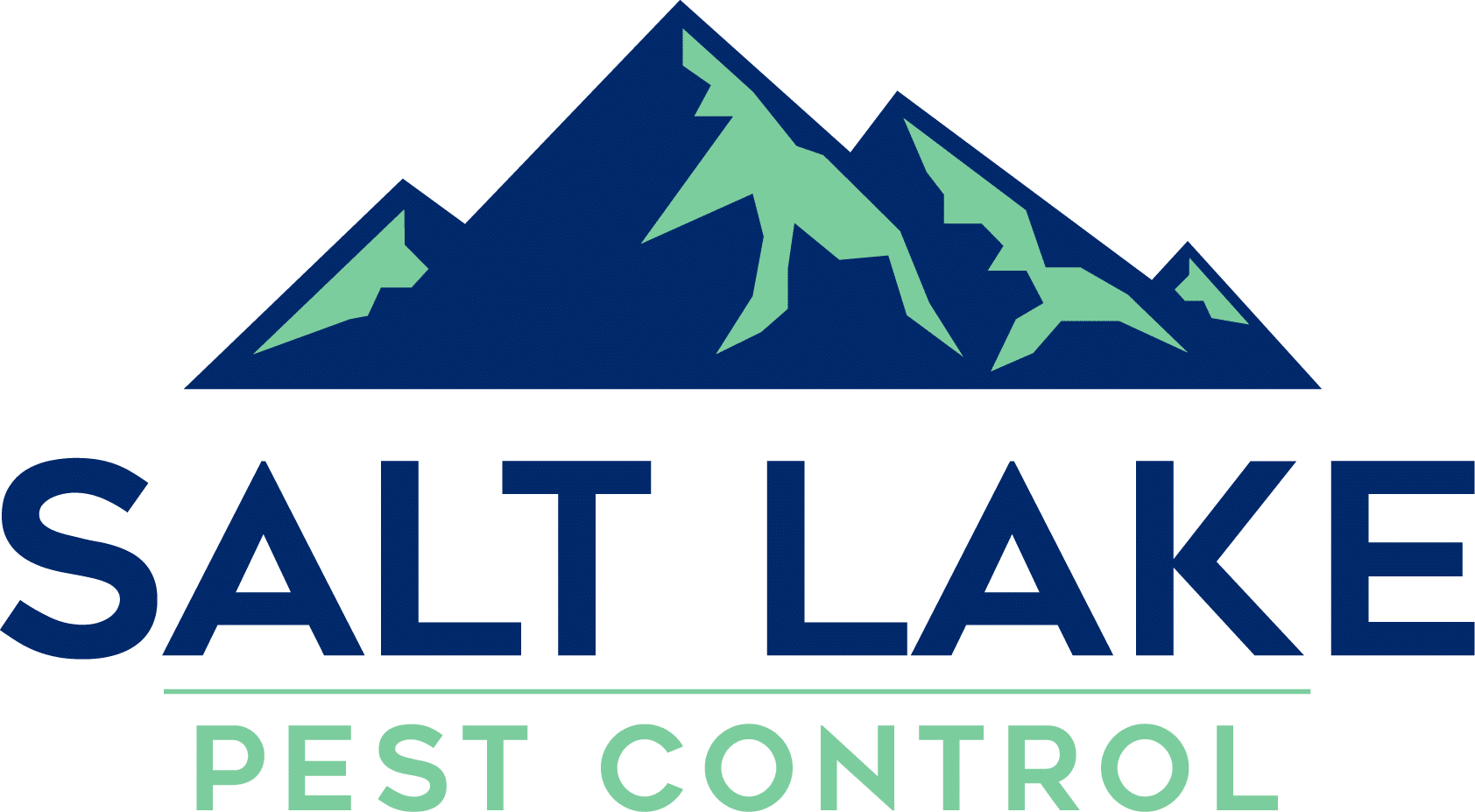Giant Cockroaches in Urban Environments: A Growing Concern
Cockroaches are notorious pests that can infest homes, businesses, and other urban environments. While small cockroaches are relatively common, giant cockroaches are a growing concern in many areas. These enormous insects can cause significant property damage, spread disease, and trigger allergic reactions in some people.
What are so-called giant cockroaches?
Typical cockroach size ranges from around 4 to 40 millimeters in length. Big cockroaches, however, can grow to lengths of up to 80 millimeters or more, depending on the species. The most common large cockroaches are American (Periplaneta Americana), sometimes reaching up to 60 millimeters. Other big cockroaches include the Australian, Oriental, and Smoky Brown cockroaches.
Giant cockroaches prefer warm, humid environments and can often be found in kitchens, bathrooms, and other home areas with access to food, water, and shelter. They are omnivores and will eat various foods, including plant material, other insects, and even human and pet food.
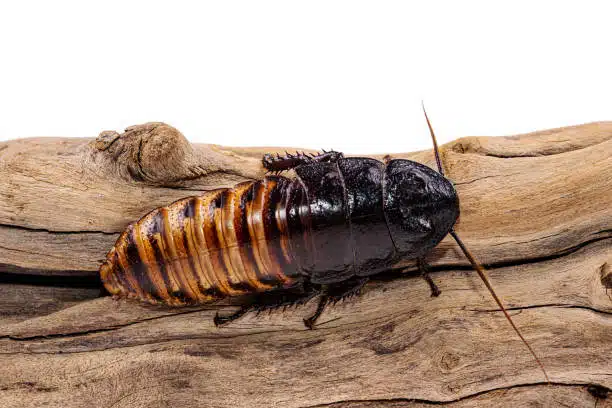
Big cockroaches have relatively long lifespans, with some species living up to a year or more. They reproduce quickly and can lay hundreds of eggs in a single lifetime, making infestations difficult to control.
How big cockroaches infest urban environments?
Big cockroaches often enter urban environments through open windows and doors, cracked foundations, sewer pipes, garbage chutes, and other openings which allow easy access to the interior of buildings. Like bed bugs, cockroaches can also climb walls and squeeze through small cracks and crevices. Once inside, they can quickly spread to other areas of the building or property as they search for food sources and moisture.
What are the dangers associated with big cockroaches?
Big cockroaches, the American cockroach which are often mistaken as waterbugs, and the Australian cockroach, are generally not considered dangerous to humans. However, they can still pose risks and cause problems in certain situations. Here are some of the potential dangers associated with big cockroaches:
Allergies: Some people may be allergic to cockroach saliva, feces, or shed skin, which can trigger allergic symptoms such as sneezing, coughing, and skin rashes.
Contamination: Big cockroaches can contaminate food and surfaces with bacteria, germs, and other pathogens that they pick up from their environment, garbage, and other unsanitary areas.
Asthma: Cockroach allergens are a known trigger of asthma attacks in some people and can worsen existing respiratory conditions.
Damage: Large cockroaches can cause damage to household items such as books, wallpaper, and upholstery, as well as to electrical wiring and appliances.
Psychological distress: For some people, big cockroaches in their home or workplace can cause anxiety, stress, or other psychological distress.
What steps can be taken to address cockroach infestation?
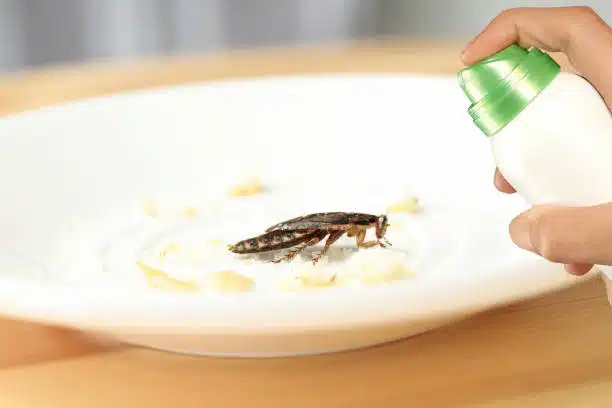
Big cockroaches are found in various urban environments, from densely populated cities to quiet country towns. They can even survive in cold climates and high altitudes, making them difficult to control. While it may be tempting to use insecticides or traps to get rid of big cockroaches, these methods are often ineffective. Instead, the best way to manage big cockroaches is through preventative measures, including:
Regularly inspecting and repairing entry points, such as foundation cracks -Cockroaches of any size can enter through small cracks and crevices.
Eliminating food sources: Cockroaches are attracted to food and waste, so eliminating these sources is key in preventing an infestation.
Reducing moisture: Cockroaches need water to survive, so reducing the amount of standing water or humid areas can help prevent an infestation.
Using baits and traps: Certain types of bait and traps can be used to capture cockroaches. However, these should only be used in conjunction with other preventative measures.
A professional cockroach exterminator Salt Lake City may also be necessary for a more severe infestation. Professional pest control companies have access to the latest tools and techniques for effectively controlling big cockroaches.
Big cockroaches can be a nuisance and a health hazard, so it is important to prevent infestations in urban environments. By understanding the various methods of prevention and treatment, you can ensure that your property remains free from large pests. With the proper steps, you can keep your home or business safe and comfortable.
Related Articles
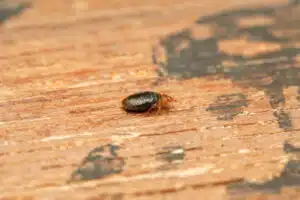
Tick vs. Bed Bugs: Differences and Similarities
Understanding the differences between two common blood-sucking pests, ticks and bed bugs, is important. We want to make sure you know exactly what kind of pests you’re dealing with,
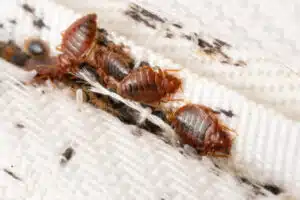
Where Do Bed Bugs Come From, and How to Prevent Them? A Guide for Salt Lake Residents
Bed bugs can be a major nuisance and cause various physical and emotional problems, including skin irritation, anxiety, and sleep disturbances. In Salt Lake City, bed bugs are a growing concern, especially in apartment buildings, hotels, and other high-density living spaces. But where do bed bugs come from, and how can you prevent them from infesting your home or property?
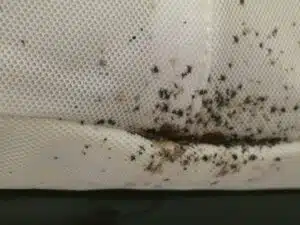
Are All the Tiny Black Bugs in My Bed Bed Bugs?
Sleeping is one of the things that we look forward to after a very long day. We recharge ourselves by sleeping by the end of the night to be refreshed the next day. But we can be disturbed even during our sleep by pesky pests crawling and hiding where we sleep. That’s terrifying, right? Pests that are known to annoy us during our sleep are bed bugs. They are usually found where humans and other pets sleep. Bed bugs can be almost anywhere in the world – even in your Saltlake home! They can be annoying because they suck your blood and leave you with an itch and bumps in the infected area. So blood attracts them, even the blood of other animals. Therefore, you should conduct bed bug removal if you have them. If you find bugs on your beds, you might think they are bed bugs. But are they?

Can Bed Bugs Live in Your Car?
Bed bugs are small, flat, and oval-shaped insects that feed on the blood of humans and animals. During the day, bed bugs hide in cracks and crevices around beds, furniture, and baseboards. You can also find them in mattresses, bed frames, blankets, carpets, and other fabric items throughout your home. While it is possible for bed bugs to infest your car, they’re less likely to do so than inside a house or other structure.
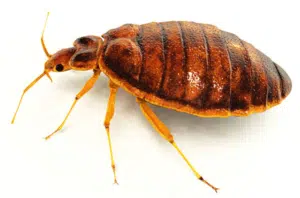
How to Find Bed Bugs in Your Home
Bed bugs are small, blood-sucking that feed on human and animal blood. They belong to the family Cimicidae, contain over 100 species, and have been around for millions of years.

Can Bed Bugs Jump?
Bed bugs are a common household pest that can be difficult to get rid of. These tiny insects can live in any crevice or crack in your home and feed on blood.
